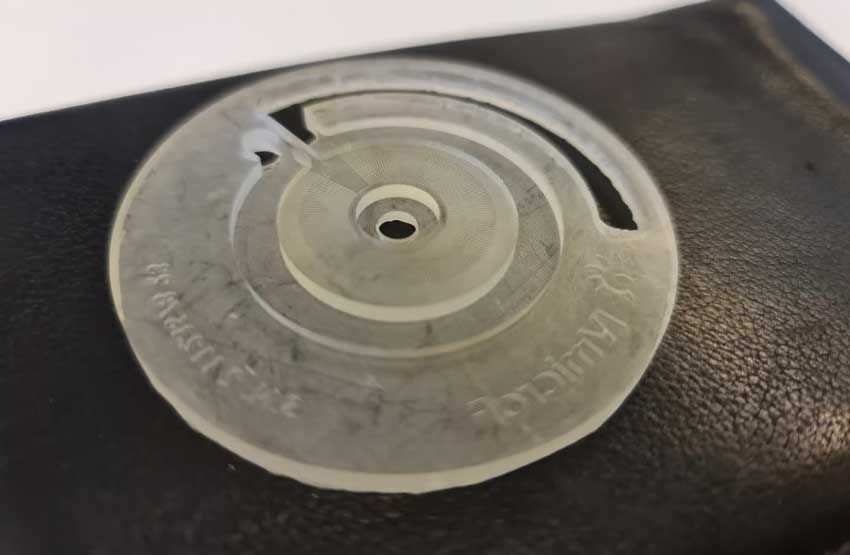To get quality sperm, Australian scientists developed a sperm sorting device so as to increase the chances of a married couple having children. Photo/NewAtlas
Usually married couples who have difficulty having children due to low quality sperm, in-vitro fertilization is always an option even though it is often unsuccessful. This simple 3D printed disc-shaped polymer device can help, by selecting the best sperm for a better chance of pregnancy.
Scientists from the Sydney University of Technology in Australia explained that this new device serves to select the strongest sperm. In one technique known as a swim-up, a sperm-friendly medium is placed over a sample of semen in a test tube.
Then leave it for about an hour. Only the healthiest sperm will swim into the medium, where they can be collected.
In another technique called density gradient centrifugation, test tubes are filled with fluids of different densities, with the sperm sample at the top. As the test tube is spun in a centrifuge, the healthiest sperm will pass through the denser liquid to the bottom of the tube, while the weaker sperm will be trapped at the top layer.
Both methods can cause DNA fragmentation and cell death due to the ingress of reactive oxygen species. That’s where a new 3D printed disc-shaped polymer device comes into play as it’s designed to replicate the female reproductive tract.
The device incorporates a reservoir along the exterior connected to a central collector by complex microfluidic channels. The idea is that when a sperm sample is placed in the reservoir, only the strongest and most active sperm will pass through the channel and into the prepared space.
“We conducted extensive testing of conventional IVF selection methods [fertilisasi in-vitro]with a new method that shows an 85% increase in DNA integrity and a 90% decrease in the average death of sperm cells,” said the lead scientist, Prof Majid Warkiani as quoted from the NewAtlas page, Friday (7/4/2023).
He also explained that sperm selected by this method showed better recovery after freezing than traditional methods. The research is published in a paper published in the journal Nature: Microsystems & Nanoengineering.
(wib)

